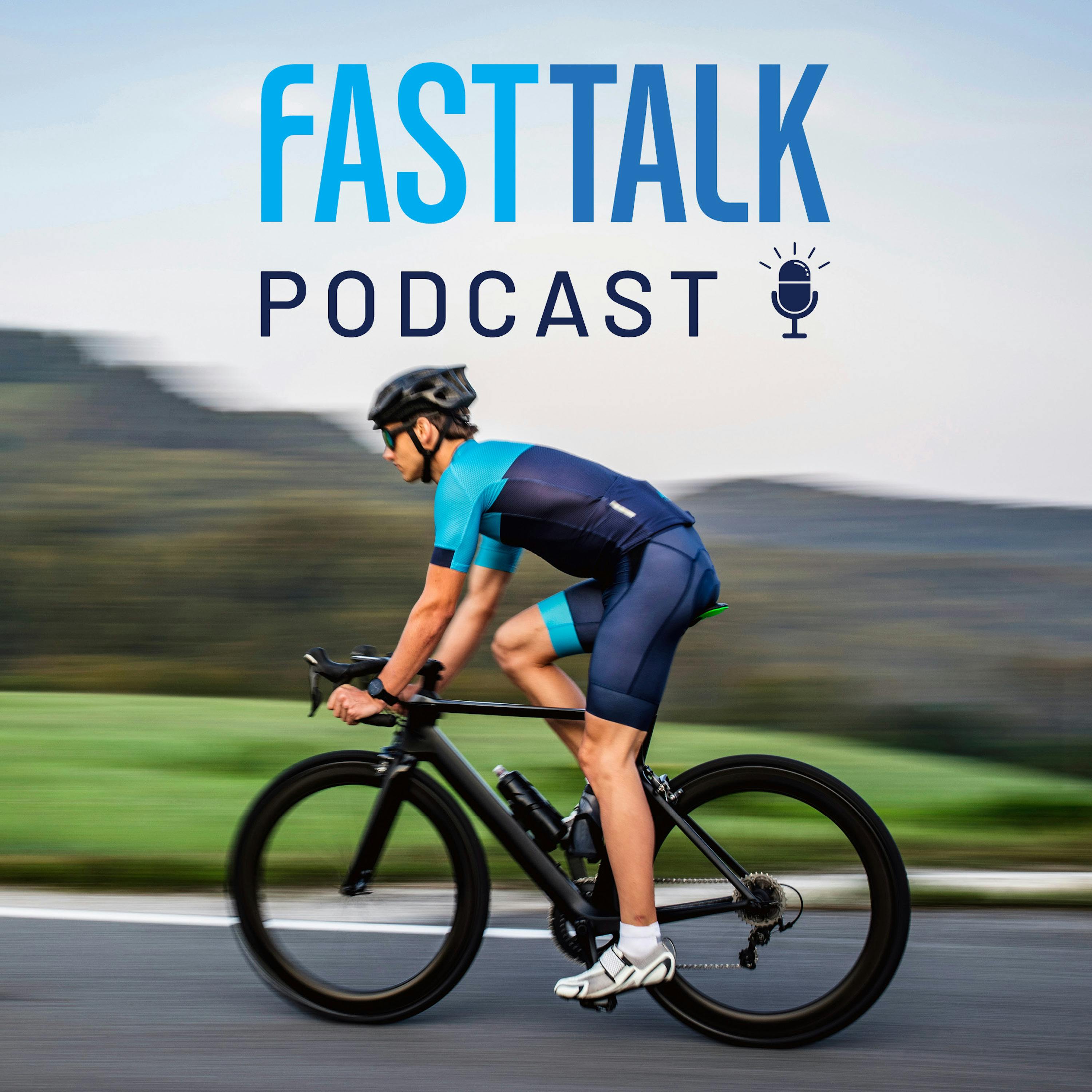176: Q&A on Training Zones, Cyclocross, Weekly Planning, and Beer, with Alec Donahue

With the help of Alec Donahue, the senior coach at Cycle-Smart who has worked with some of the best American cyclocross racers, including Jeremy Powers, Stephen Hyde, and Ellen Noble, we dive into questions on training zones and whether we're being duped by them; beer and bike culture and its effect on recovery and performance; effective methods for transitioning to cyclocross season; 'cross skills; and weekly planning for time-crunched athletes.\n\nDuped by zones?\nThis question comes from Brian Adkins. He writes:\n\u201cGiven that there are three primary energy systems\u2014 1) ATP-PC, for very short efforts; 2) anaerobic glycolysis; and 3) aerobic\u2014and that we now know that all three are typically being utilized, just in varying proportions, I'm wondering if we (cyclists) have been underserved with this seven-zone Coggan model of:\nActive Recovery\nEndurance\nTempo\nLactate Threshold\nVO2max\nAnaerobic Capacity\nNeuromuscular\nThe polarized training idea resonates well with me, and I enjoy that type of training. So I'm trying to think through the ramifications of various interval durations for power that are above threshold. The distinction between zones 5 & 6 seems a little silly\u2014aren't both emphasizing anaerobic glycolysis quite a bit, with more emphasis from higher wattage?\nAre the actual adaptations resulting from a 4x8-min @ 108% FTP really that different from a 3x4x1.5-min @ 125% FTP?\nIt seems reasonable that central adaptations may relate to durations of a certain heart rate (e.g. 8-minute intervals averaging 90% HRmax seem important from Seiler), but what about the muscular adaptations, and how they vary in these higher zones?\u201d\n\nBeers and bikes\nThis question comes from Eric in Somerville, Mass. He writes:\n\u201cGiven the \u2018beer and bike\u2019 culture, I would be very interested in knowing if there are any performance or recovery effects of alcohol use.\u201d\n\nTransition to cyclocross\nThis question comes from Colin in Colorado. He writes:\n\u201cI have been racing marathon MTB and 100-mile gravel races this year with large volume and significant work around Lactate Balance Point or Sweet Spot Training to create high CTL numbers\u2014for me that\u2019s around 95.\nWhat strategies should I employ to transition summer fitness to cyclocross specificity? Should I continue high volume in a polarized fashion while the weather is nice while focusing on VO2max and anaerobic capacity work during intervals? Is there value in still hitting SST or FTP in my lead up?\u201d\n\nCyclocross skills training\nThis question comes from Megan in Westport, Ireland. She writes:\n\u201cI have heard Katie Compton discuss how she trains certain \u2018cross skills by repeating the same skill over and over again, at a faster and faster pace, until she is ultimately going faster than race pace. Is this a sound approach for amateurs? What other pro tips do you have for mastering \u2018cross skills, particularly ones that involve quickness at race speeds?\u201d\n\nMapping out a week\nThis question comes from Robert. He writes:\n\u201cI typically have 10 hours/week to train. I try to spend 1-2 of those hours doing some strength routine work for maintenance. I tend towards a \u2018polarized\u2019 model. I\u2019ve been riding regularly for eight years so there\u2019s not a lot of \u2018unknowns\u2019 in my overall capabilities.\nLike a lot of people, I am time crunched, especially when it comes to getting in a ride/workout of longer than 1.5 hours. That said, I can probably get 2-3 hours of training in a day a couple of times a week if I workout before and after work.\nWhat\u2019s the best way to plan this for maximal adaptive response? And how do two-a-days affect adaptive response with different kinds of stimuli?\u201d\nLearn more about your ad choices. Visit megaphone.fm/adchoices